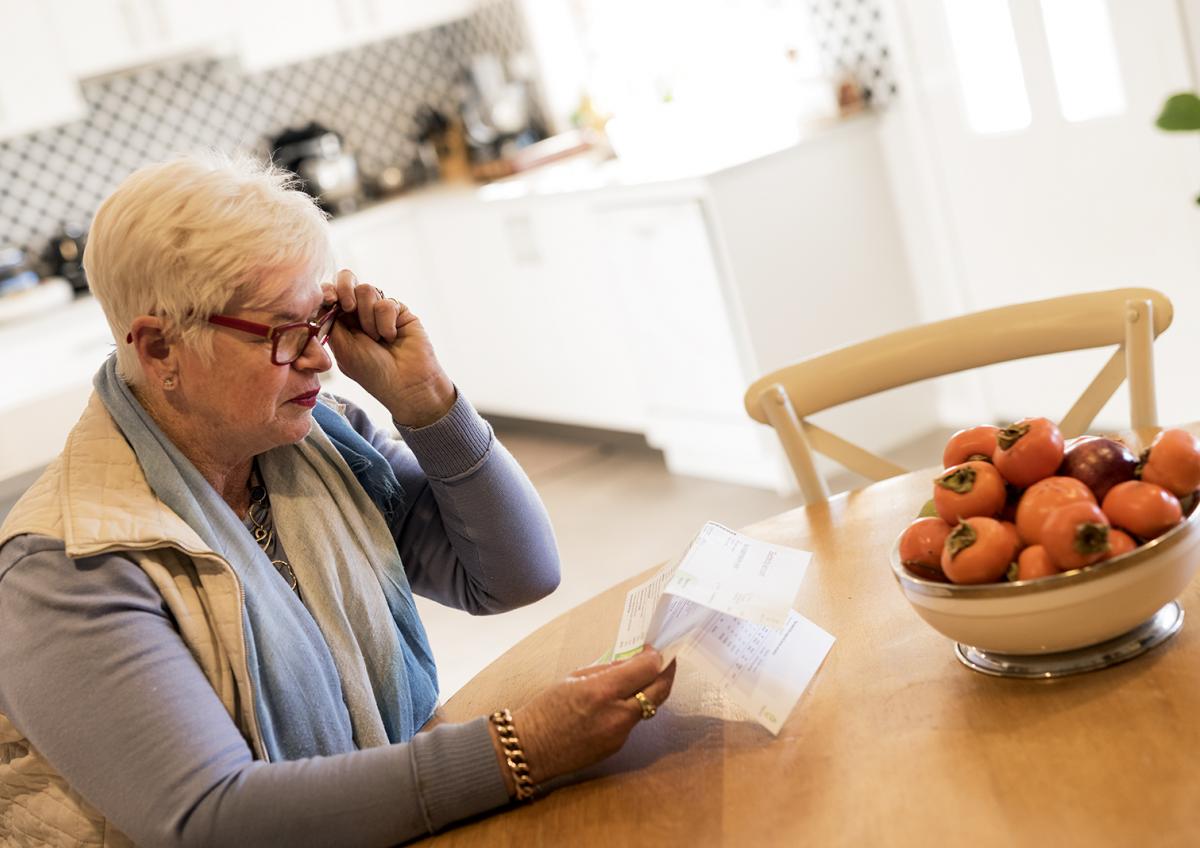Electricity and gas bills
Your electricity and gas bills contain information about your energy use. Pricing structures can be confusing and make it difficult to understand.
There are a few things to look out for which will help you understand your bill.
Each bill will be slightly different depending on your provider, but they should all have similar details.
Your bill is a combination of 2 charges - usage and service.
Usage
- Electricity usage is measured in kilowatt hours (kWh). Your bill will include total usage and how much the electricity cost per kWh.
- Gas usage is measured in megajoules per hour (MJ). Your bill will include total usage and how much the gas cost per MJ.
Your energy provider gets these numbers by reading the meter on your property. If you have a smart electricity meter your provider will get the information remotely.
Bills will often display a graph showing your average daily electricity usage and costs over the past year.
Sometimes they also include how many kWh you were using at the same time last year. This helps you compare how much electricity you have used over time.
For households, electricity retailers are required by law to provide a graph or table which compares your usage to similar sized households in your area.
Service
The service charge is a fixed delivery cost, which is the amount your energy provider pays to run their business. They will calculate how many days they provided electricity or gas, and the cost per day.
What else to look for
Time of use, pricing and tariffs
You might see a tariff on your bill. This is the rate you pay to use electricity and gas at specific times. There are many different and emerging tariff types.
The 3 most common types of tariffs are:
- Single or flat rate – you are charged the same rate day or night.
- Time of use – you are charged different prices for different periods. This includes peak (usually evenings Monday to Friday), off-peak (weekends and overnight Monday to Friday) and shoulder (between peak and off peak).
- Controlled load – this tariff is applied to large, high-power-usage appliances which is metered separately to the rest of the energy use in your premises. It is most often used for hot water systems, but you may be able to connect other high-use appliances like underfloor heating or pool pumps, depending on your power network and metering. The energy cost for this dedicated circuit will be cheaper than your other rates, however electricity is supplied to the circuit for only a limited number of hours each day.
Next meter read
Your bill will also tell you when your next meter reading will take place. Your energy provider may send someone to read your meter. You can also submit your meter reading online or by telephone to your energy provider.
Estimated reading
If your energy provider was unable to access your meter, your bill may be based on an estimate of use. This should be clearly marked on the bill.
Other resources
You may also be interested in:
